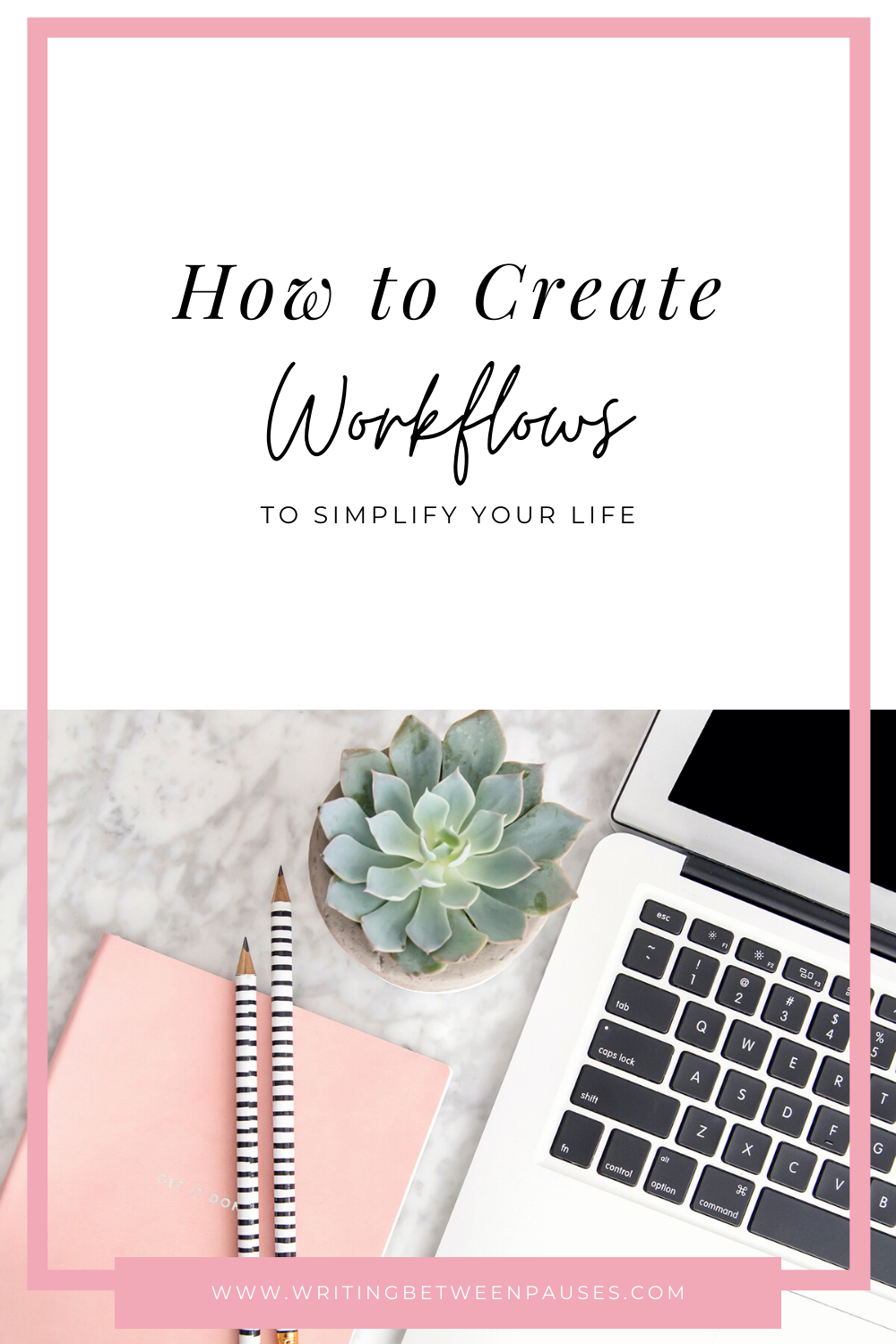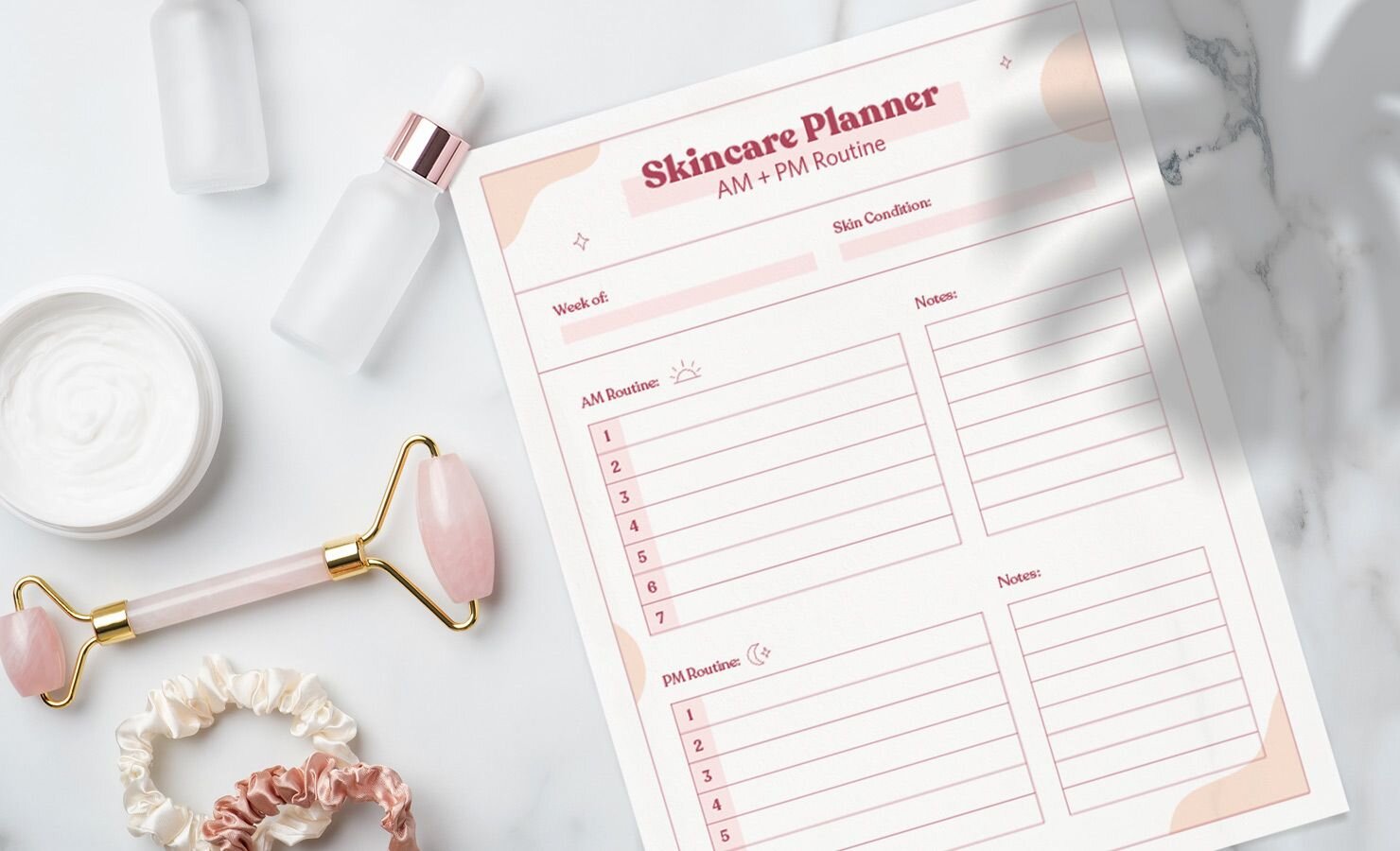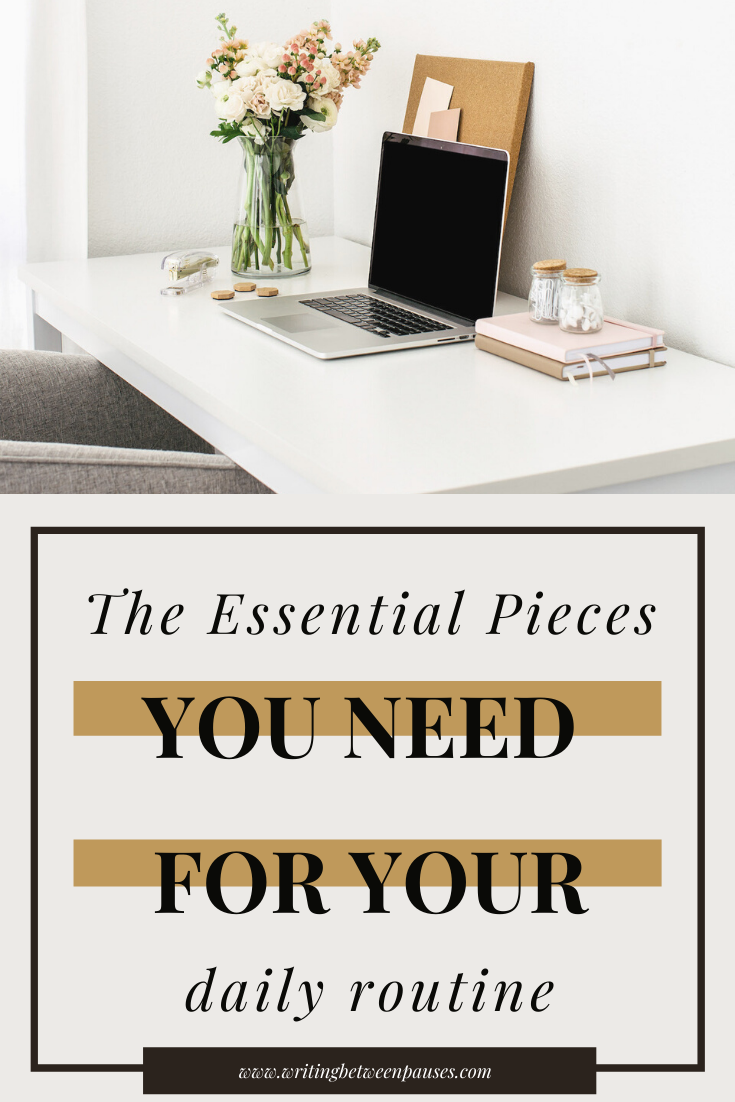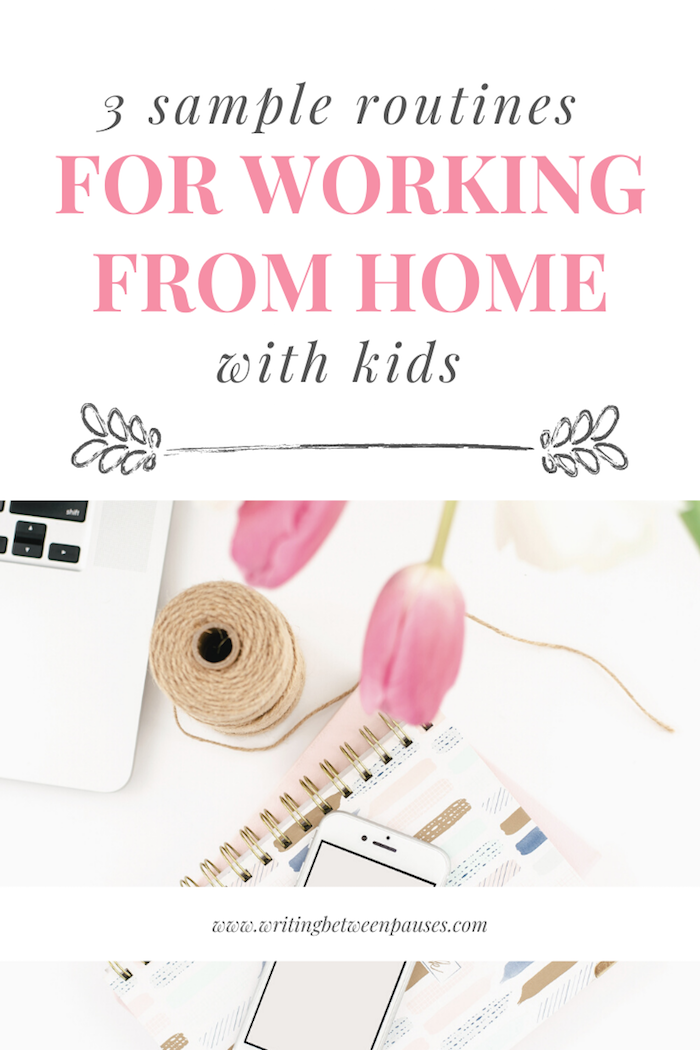Happy October! Happy Blogtober!
What a month September was, huh?
I know I’m not alone in this, but it’s been a rough start to my favorite season of the year. But as I’ve been saying recently: happiness is now or it’s never. It is possible to find joy right now. And for me, joy is very much about this season that I love so much.
That’s why, despite everything, I decided to move ahead on Blogtober. It does feel a bit frivolous to be blogging right now; there is so much going on but at the end of the day, my work still has to exist. I still have to eat and pay my bills and finish all the things I started. Part of staying sane right now, for me, is staying grounded in these things, that are ultimately so much in flux.
Today’s blog post is all about the things I’m excited for in October: the things I look forward to every year, the things on my bucket list, the moments where I will dig deep to find the most joy. I hope this, if nothing else, gives you a moment to break and breathe.
1. Celebrating Halloween in a new way.
Danny and I always say we want to have a Halloween party for Forrest—but every year, we become overwhelmed by the trick-or-treating, the costume, the school stuff. This year, Halloween is on a Saturday, but we know we won’t feel comfortable taking Forrest house-to-house or even to a trunk-or-treat event.
The other options are an at-home Halloween party. We’ve been considering doing an Easter egg hunt style Halloween where we hide candy for Forrest for him to find in his costume. We’re still toying with this idea, but ultimately, we’ll be celebrating Halloween in an entirely new way as a family and that’s exciting to look forward to.
2. Finding new things to do this Autumn.
When I wrote this list and this blog post, it’s September 13; right now, we are 1 week from the start of the McKenzie River Fire (also called the Holiday Farm Fire), as well as multiple other fires in Oregon. Outside my office window, the sky is completely yellow, swathed in smoke. I haven’t seen the sky, or the sun, in a week now. It’s hard not to feel claustrophobic and depressed about it.
But I hope by the time that this blog post goes live in October 1 that we are seeing some relief from the smoke and claustrophobia, that the fires are at least partially contained, and that we do have the ability to go do new things this Autumn season!
I had fantasies of taking Forrest to the Spring Creek Holly Farm along the McKenzie River, going hiking on the coast, and more. These are things we started doing in quarantine that gave us something to do while being socially distant from other people. We hiked Sahalie Falls, visited the Raptor Center, went to the butterfly center in Elkton… I’m hoping we can keep doing these things.
3. Cooking & baking
I love to cook and I love to bake. I recently bought a slew of new cookbooks and have been slowly working my way through all of them. It makes me happy to have something I can do each day—plus, tons of leftovers for easy lunches for both Danny and I. Nothing makes me feel cozier than baking either, even if I had the clean up process.
4. Decorating outside
Another item impacted by the smoke! However, we’ve been working on getting the outside of our house cleaned up. Neither Danny nor I are green thumbs and we struggle to keep the outside of our house looking, well, nice. But I’m determined to really decorate and make our outside area cute this year.
5. Carving pumpkins
I don’t care if we make it to a pumpkin patch this year. But carving pumpkins makes Forrest and I bought happy. I will carve a grocery store pumpkin, I don’t care.
6. Making our home cozy
Quarantine turned us all into homebodies, so it goes without saying: making our homes comfortable and cozy and adaptable for how we live has been huge. I’ve ordered both of us new office chairs; I’ve spray painted so much furniture that I gave myself carpal tunnel but like, in my finger if possible; and I’m considering painting an archway on our wall because I’m just that trendy.
Most importantly, I’ve been trying to find ways to make our home super cozy. We’re in for the long haul here, clearly.
7. Taking socially distant day trips
Please let me be able to go to the coast or the mountains just once this Fall. It’s all I ask.
Like I said, we have loved exploring Oregon this summer. Packing up the car with some supplies and a cooler with sandwiches and water has been more fun than anything else. It definitely helped relieve my stress and Forrest has some great memories.
8. Wearing scarves again
I just want to wrap myself in flannel. Please. Let me wrap myself in flannel.
9. Autumn-scented everything
I’m lighting a pumpkin waffle scented candle, I’m setting up my diffuser to have orange and clove oil, I’m using my fireside body spray. I will smell like a carnival and Autumn leaves, this is the point I’m at in my life.
10. Starbucks seasonal drinks
Controversial: I don’t like pumpkin spice lattes. I find them really sickly tasting. Plus, they’re so oddly orange? But salted caramel mochas??? Gingerbread lattes? Peppermint mochas?? I’m here for this.
























